Air plants, also known as Tillandsias, are a type of epiphyte, which means they grow attached to other plants or structures without needing soil. Air plants are relatively low-maintenance and can add a unique touch to indoor spaces with their intriguing forms and textures. They are members of the Bromeliaceae family.
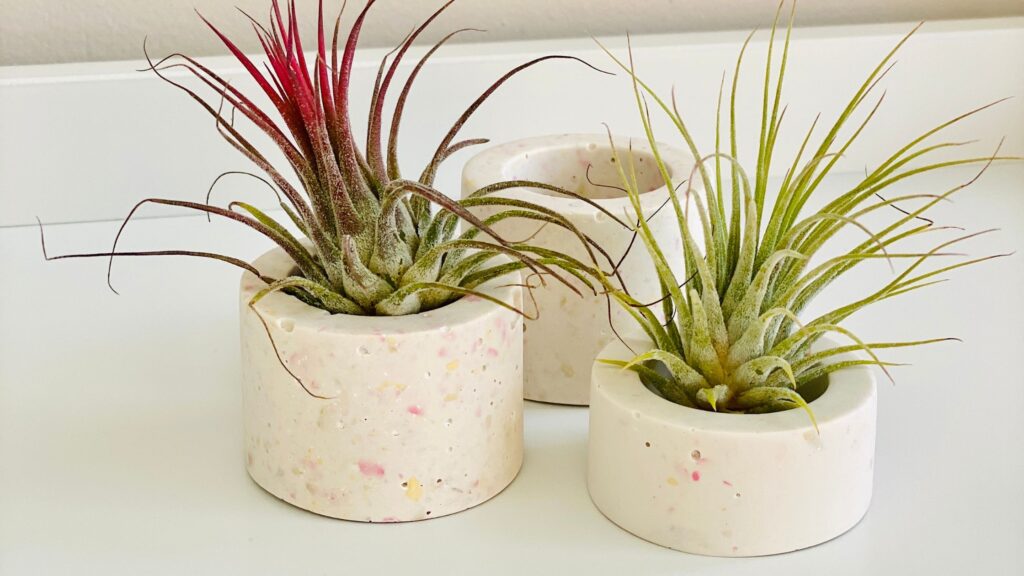
Types of Air plant
These are a few typical varieties of air plants:
- Tillandsia ionantha
- Tillandsia xerographic
- Tillandsia bulbosa
- Tillandsia strict
- Tillandsia capitata
- Tillandsia brachycaulos
- Tillandsia velutina
- Tillandsia aeranthos
- Tillandsia Andreana
- Tillandsia streptophyte
Benefits of Air plant
Benefits of air plants include:
Air Purification: Air plants can help clean the air in your home or workspace by removing chemicals such as formaldehyde, which is commonly found in urban environments and places where tobacco is smoked.
Enhanced Sleep Quality: They engage in a process called Crassulacean acid metabolism (CAM), which allows them to release oxygen at night, potentially improving the air quality in your bedroom while you sleep.
Stress Reduction: Gardening, including tending to indoor plants like air plants, has been shown to lower stress and anxiety levels. This is partly due to the satisfaction derived from creating a pleasant living environment.
Low Maintenance: Tillandsia are easy to maintain and do not require soil to grow, which can be a cleaner and more convenient option for many people.
Decorative Versatility: Their ability to grow without soil means they can be displayed in a variety of creative ways, making them an excellent choice for interior design.
Suitable for Urban Environments: Air plants are particularly well-suited for urban settings where space might be limited and soil-based gardening is not always feasible
Disadvantages of Air plant
There are a few drawbacks to consider before bringing them into your home:
Need High Humidity: Air plants like it muggy – dry homes require extra misting.
Regular Watering: Not exactly “forget-about-it” plants – need soaking sessions.
Light Picky: Not direct sun, but need bright, indirect light which some homes lack.
Shorter Life: May only bloom/thrive for a few years.
Slower Propagation: Growing new baby plants can be trickier.
Air plant care
Caring for air plants (Tillandsia) involves a few simple but important steps to ensure they thrive:
- Light: Provide bright, indirect light. Direct sunlight can scorch their leaves, so it’s best to avoid prolonged exposure.
- Water: Regular watering is crucial. Most air plants benefit from a soaking method, where you submerge the plant in water for 20 to 40 minutes every 1 to 2 weeks. Make sure they’re thoroughly dry before putting them back.
- Temperature and Humidity: Air plants prefer warm and humid environments. Keep them out of chilly drafts and severe temperatures.
- Fertilizer: You can mist occasionally with diluted liquid houseplant fertilizer to provide additional nutrients.
- Air Circulation: Proper air circulation is necessary to prevent rot, especially after watering.
Propagation of Air plant
Here’s how to propagate air plants:
Offsets: Many air plants produce offsets, also known as pups, around the base of the mother plant. These offsets can be carefully removed and propagated to grow into new plants. To propagate offsets:
- Wait until the offset is at least one-third the size of the mother plant and has developed its own root system.
- Gently separate the offset from the mother plant by twisting or cutting it off with clean scissors or a sharp knife.
- Place the offset in a location with bright, indirect light and follow the regular care routine for air plants, including watering and humidity.
Division: If your air plant has formed a clump with multiple individual plants growing closely together, you can divide the clump to create new plants. To divide air plants:
- Carefully remove the clump from its mounting or container.
- Gently separate the individual plants by pulling them apart or using a clean knife to cut them apart, ensuring that each division has its own roots.
- Plant the divisions in their desired location, following the regular care routine for air plants.
Seed Germination: Air plants may also be grown from seeds, however this is less usual. Keep in mind that air plant seeds can be challenging to obtain, and the germination process can be slow and unpredictable. To propagate air plants from seeds:
- Collect ripe seeds from the seed pods of a mature air plant.
- Sow the seeds onto a moistened growing medium, such as sphagnum moss or a mixture of peat and perlite.
- Place the seeds in a warm, humid environment with bright, indirect light.
- Make sure the growth medium is always damp but not soggy.
- Germination may take several weeks to months, so be patient and maintain optimal growing conditions.
Repotting of Air plant
Unlike traditional potted plants, air plants (Tillandsias) do not require repotting in the same way because they do not grow in soil.
Assess the Plant’s Condition: Before repotting or remounting an air plant, assess its overall health and growth.
Choose a New Mounting Surface: If you’re remounting the air plant, select a new mounting surface that is suitable for its size and shape.
Remove the Plant: If the air plant is currently mounted, carefully remove it from its existing mounting surface. Gently wiggle or twist the plant to loosen it from the mount, taking care not to damage the leaves or roots.
Clean the Plant: Inspect the air plant for any debris, dead leaves, or pests, and gently remove them with clean fingers or a soft brush. Rinse the plant under lukewarm water to remove dust and any accumulated residue.
Prepare the New Mounting Surface: If necessary, prepare the new mounting surface by cleaning it and ensuring it is dry. For porous surfaces like wood or cork, allow them to dry completely to prevent moisture retention and potential rot.
Air plant Disease
Air plants (Tillandsias) are generally resilient and less prone to diseases compared to traditional potted plants.
Rot: Rot is one of the most common issues that air plants face, especially if they are overwatered or exposed to prolonged periods of moisture. Rot can affect both the roots and the base of the plant, causing them to become mushy and discolored.
Fungal Infections: Fungal infections can occur in air plants that are exposed to high humidity or poor air circulation. Symptoms of fungal infections may include black spots or patches on the leaves, a fuzzy white coating, or a foul odor.
Pests: While air plants are generally resistant to pests, they can still attract certain insects such as aphids, mealybugs, or spider mites, especially if they are grown outdoors or in close proximity to infested plants.
Sunburn: Air plants can suffer from sunburn if they are exposed to too much direct sunlight, especially during the hottest part of the day. Symptoms of sunburn may include yellowing or browning of the leaves, dry patches, or scorched tips.
Air plant Vastu
In Vastu Shastra, the ancient Indian science of architecture and design, plants are believed to play a significant role in balancing energy and promoting harmony within a space.
Placement: Place air plants in areas where they can receive ample natural light and good airflow. Avoid placing them in dark or cluttered corners, as this can hinder their growth and vitality.
North or East: According to Vastu principles, the north and east directions are considered auspicious for placing plants. Consider placing air plants near windows or doors facing these directions to invite positive energy (prana) into your home.
Cleanliness: Keep air plants and their containers clean and free from dust and debris. Regularly remove dead or decaying leaves to maintain their health and vitality.
Avoid Bedroom: While plants are generally beneficial for promoting positive energy in the home, it’s advisable to avoid placing air plants in the bedroom according to Vastu Shastra.
Air Plant For Pets
When selecting air plants (Tillandsias) for a home with pets, it’s crucial to consider the safety of the plants in case they are accidentally ingested by curious pets. While air plants are generally considered non-toxic to pets, there is always a risk of gastrointestinal upset if consumed in large quantities.
How to buy low-cost Air Plant
- Local Nurseries and Garden Centers: Visit local nurseries, garden centers, or plant shops in your area. They may offer a variety of air plants at reasonable prices. Look for smaller, independent nurseries, as they may have better deals than larger chain stores.
- Online Retailers: Explore online retailers such as Amazon, Etsy, or eBay. Many sellers offer air plants at competitive prices, and you may find deals on bulk orders or smaller varieties.
Air Plant Names In other languages
- Hindi: वायु पौधा (Vayu Paudha)
- Telugu: గాలి చెట్టు (Gaali Chettu)
- Kannada: ಗಾಳಿ ಸಸ್ಯ (Gaali Sasya)
- Tamil: காற்று தாவரம் (Kaṟṟu Tāvaram)
- Spanish: Planta aérea
- French: Plante aérienne
- German: Luftpflanze
- Italian: Pianta aerea
- Portuguese: Planta aérea
- Dutch: Luchtplant
- Russian: Воздушное растение (Vozdushnoye rasteniye)
- Chinese (Simplified): 空气植物 (Kōngqì zhíwù)
- Japanese: エアプランツ (Ea purantsu)
- Korean: 공기 식물 (Gong-gi sigmul)
Conclusion
In conclusion, air plants, scientifically known as Tillandsias, are fascinating and unique plants that have captured the interest of plant enthusiasts worldwide. Their ability to thrive without soil and absorb nutrients and moisture from the air makes them incredibly adaptable and versatile.
FAQs of Air Plant
- Are Air Plants safe for pets?
Ans: Yes, Air Plants are safe for pets because they are non-toxic. They can be a great addition to your home without posing any harm to your furry friends. - Is there any significance of Air Plants in Vastu?
Ans: According to Vastu, Air Plants are believed to bring positive energy and tranquility into a home. They can be placed in various areas to enhance the overall ambiance. - What are common diseases that affect Air Plants?
Ans: Air Plants are generally hardy and resistant to diseases. However, overwatering can lead to root rot, and pests like fungus gnats may sometimes infest them if kept in overly moist conditions. - When should you repot an Air Plant?
Ans: Air Plants do not require repotting in the traditional sense since they don’t grow in soil. However, if the base of the plant becomes crowded with pups (baby Air Plants), they can be gently separated and placed in new locations. - How do you propagate an Air Plant?
Ans: Air Plants propagate by producing pups, which are small offsets that grow from the base of the parent plant. These pups can be carefully separated from the parent and placed in a new location to grow independently. - How do you care for an Air Plant?
Ans: Air Plants require bright, indirect light and occasional misting or soaking in water. They don’t need soil to grow and absorb nutrients and moisture through their leaves. - Are there any disadvantages to having an Air Plant?
Ans: One disadvantage of Air Plants is that they require regular misting or soaking to thrive, which can be easily forgotten. Additionally, they may not thrive in low-light conditions. - What are the benefits of having an Air Plant?
Ans: Air Plants are low-maintenance and can thrive in various environments without needing soil. They can improve indoor air quality by absorbing carbon dioxide and releasing oxygen.

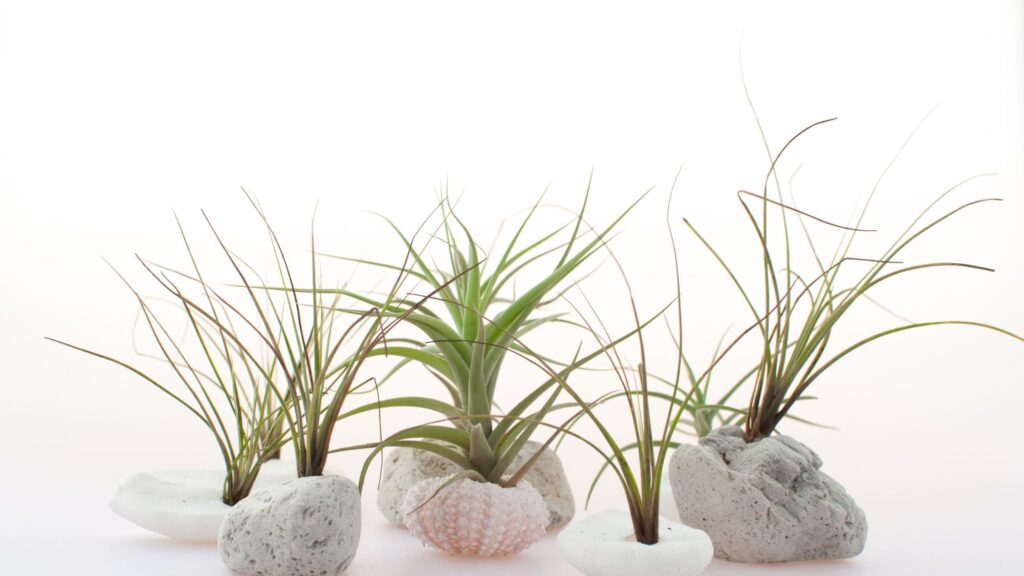

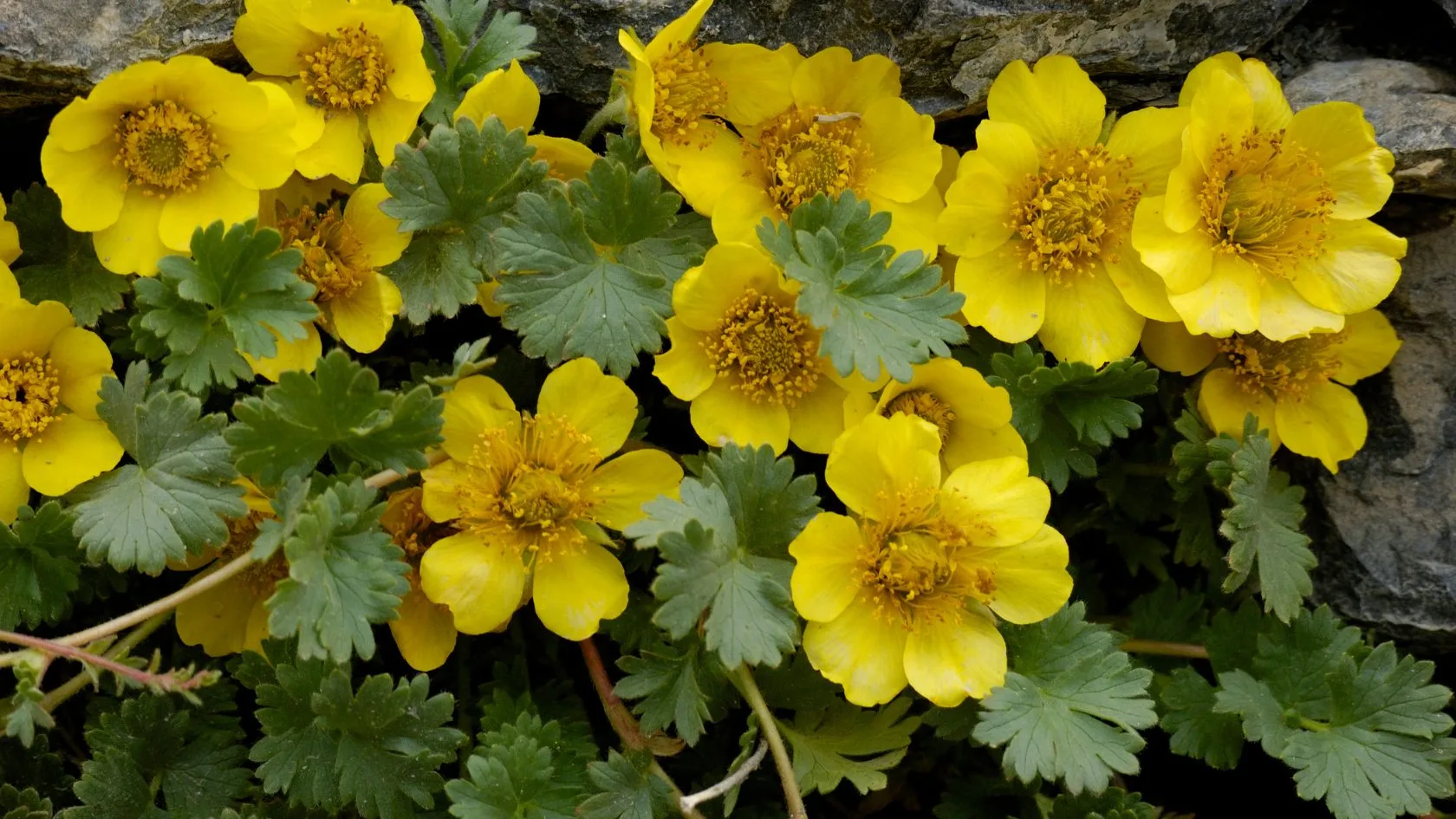
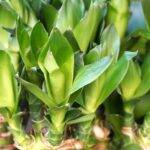
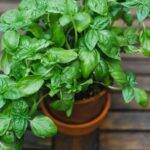
I was just seeking this info for some time. After 6 hours of continuous Googleing, finally I got it in your site. I wonder what is the lack of Google strategy that do not rank this type of informative web sites in top of the list. Normally the top web sites are full of garbage.